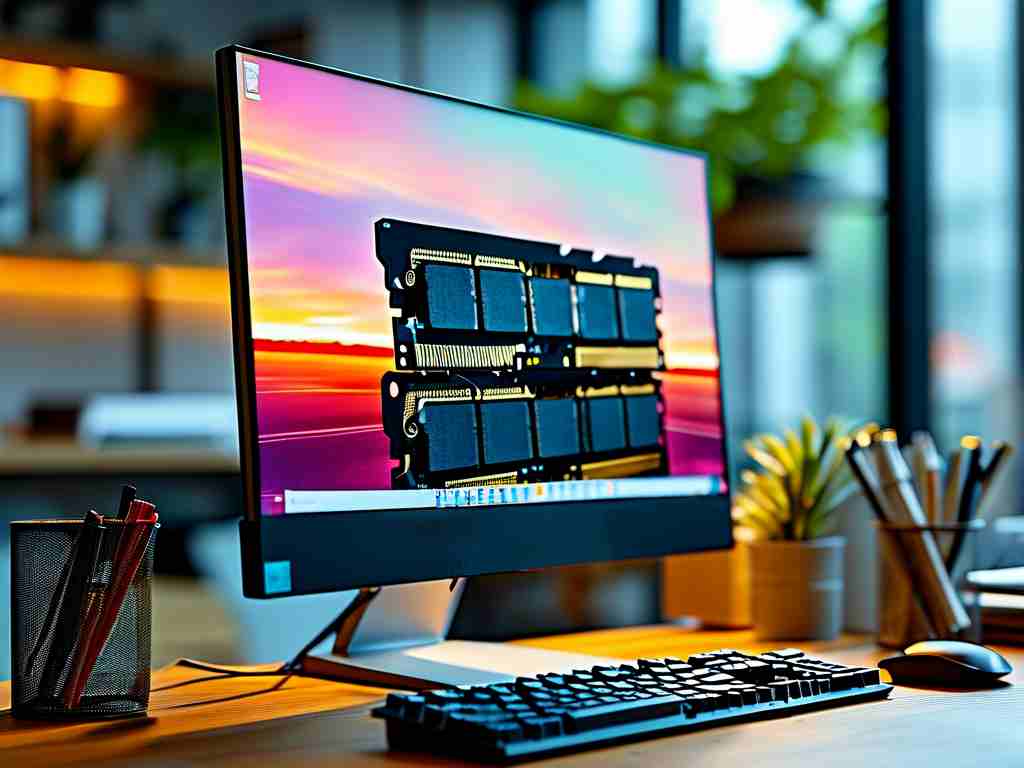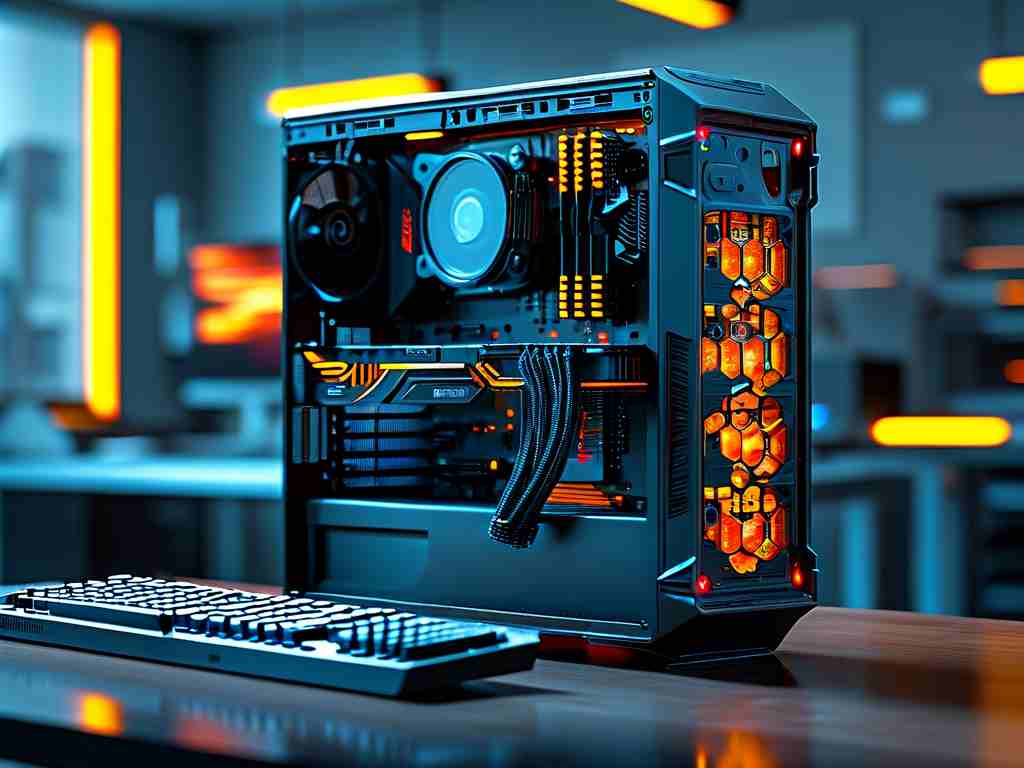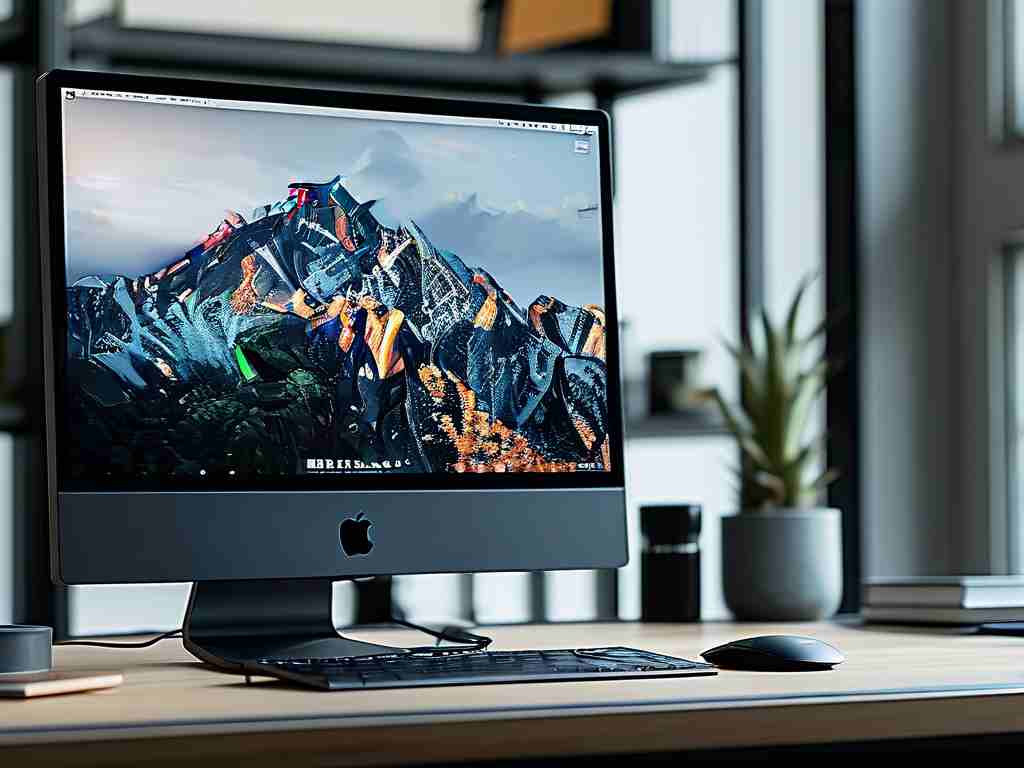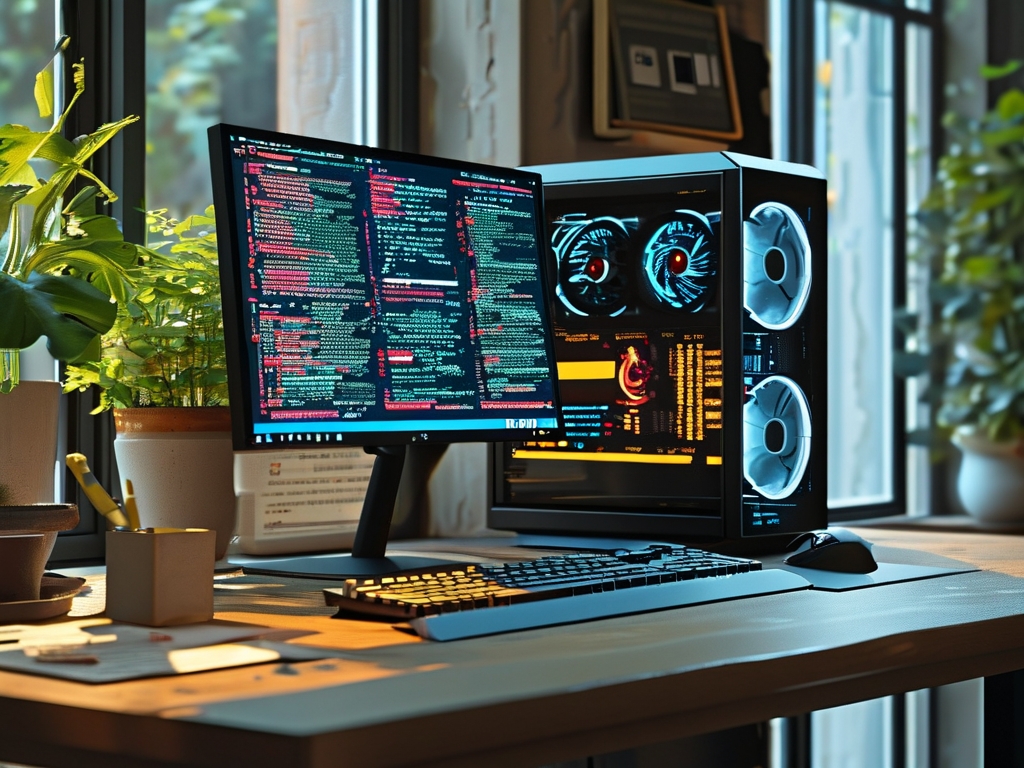Choosing the right memory for your computer is critical for optimizing performance across different use cases. Whether you’re building a budget-friendly system, a mid-range gaming rig, or a high-end workstation, understanding the nuances of RAM selection ensures you get the best value without overspending. This guide explores recommendations for low-, mid-, and high-tier memory modules, tailored to specific needs and budgets.
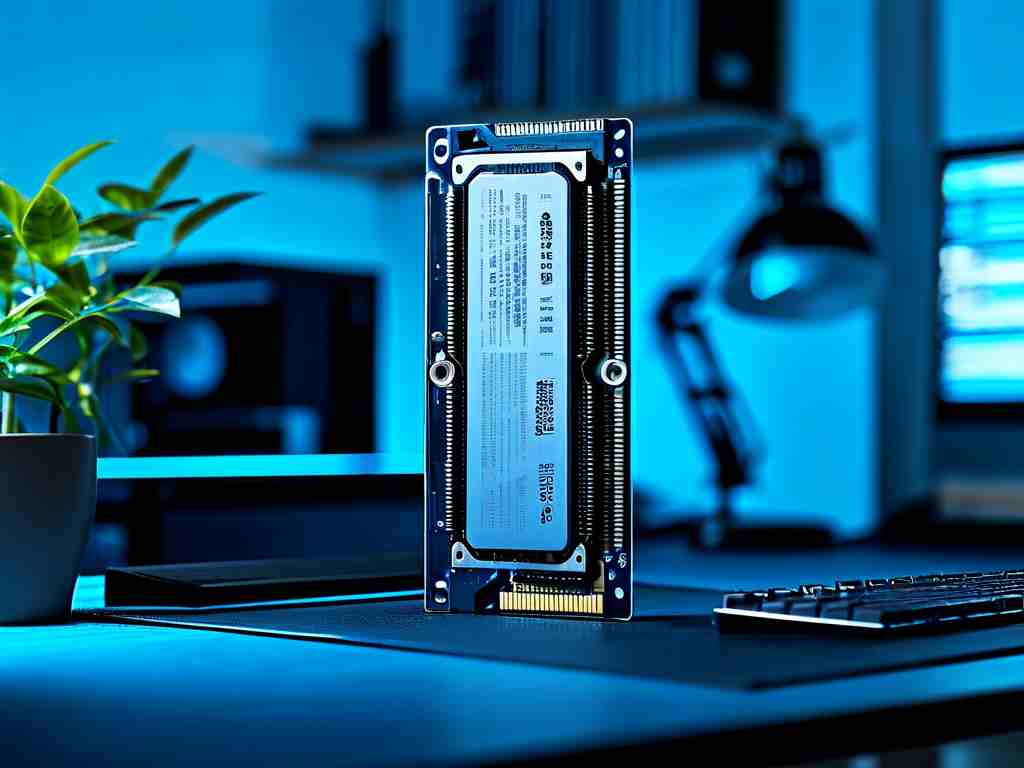
Low-Tier Memory: Affordable Basics
For entry-level systems or basic tasks like web browsing, office applications, or light multitasking, low-tier RAM offers a cost-effective solution. Look for DDR4 modules with speeds of 2400–2666 MHz and capacities of 8GB (single stick) or 16GB (dual-channel). Brands like Crucial (Ballistix Sport LT) and Kingston (ValueRAM) provide reliable options under $50. These modules prioritize stability over speed and are ideal for older motherboards or systems not requiring heavy workloads.
A common pitfall in this tier is overspending on unnecessary features. Avoid RGB lighting or ultra-high speeds unless upgrading is imminent. For example, pairing a low-tier CPU like an Intel Core i3 or AMD Ryzen 3 with 16GB of DDR4-2666 RAM strikes a balance between affordability and functionality.
Mid-Tier Memory: Balancing Speed and Cost
Mid-range systems targeting gaming, content creation, or moderate multitasking benefit from DDR4 or DDR5 memory with higher speeds and tighter timings. Aim for 16GB–32GB configurations with frequencies of 3200–3600 MHz for DDR4 or 4800–5600 MHz for DDR5. Popular choices include Corsair Vengeance LPX (DDR4) and G.Skill Trident Z5 Neo (DDR5). These kits typically cost between $80 and $150, offering a sweet spot for performance enthusiasts.
Mid-tier RAM often supports XMP (Intel) or EXPO (AMD) profiles for easy overclocking. For instance, pairing a Ryzen 5 7600X with 32GB of DDR5-5200 RAM ensures smooth gameplay in AAA titles while handling background tasks like streaming. Pay attention to compatibility—some motherboards may require BIOS updates to support newer DDR5 modules.
High-Tier Memory: Premium Performance
High-end workstations, servers, or enthusiast-grade gaming PCs demand top-tier memory. DDR5 dominates this category, with speeds exceeding 6000 MHz and capacities up to 128GB. Brands like TeamGroup (Delta RGB) and Kingston (Fury Renegade) offer kits optimized for latency-sensitive tasks such as 3D rendering, AI training, or competitive esports. Expect to spend $200–$500 for 64GB–128GB configurations.
These modules often feature advanced cooling solutions (e.g., aluminum heat spreaders) and error-correcting code (ECC) support for mission-critical applications. A Threadripper PRO workstation paired with 128GB of DDR5-6400 RAM, for example, can effortlessly handle 8K video editing or complex simulations. However, verify motherboard QVL lists to avoid instability issues with ultra-high-frequency kits.
Future-Proofing Considerations
While selecting RAM, consider longevity. DDR5 is becoming mainstream, but DDR4 remains viable for older platforms. Assess your upgrade cycle—if planning a full system overhaul within two years, investing in DDR5 makes sense. Otherwise, DDR4 offers better cost efficiency.
Additionally, check CAS latency (CL) values. Lower CL numbers (e.g., CL16 vs. CL22) indicate faster response times, which matter more in latency-sensitive applications. Use tools like CPU-Z or HWiNFO to monitor real-world performance after installation.
Code Snippet: Checking RAM Speed in Windows PowerShell
For tech-savvy users, verifying RAM speed via PowerShell ensures accurate readings:
Get-WmiObject Win32_PhysicalMemory | Format-Table Manufacturer, PartNumber, Speed
This command displays manufacturer details and current operating speed, helping confirm XMP/EXPO profiles are active.
Selecting the right RAM tier hinges on balancing budget, performance needs, and future goals. Low-tier modules suffice for everyday computing, mid-tier unlocks gaming and creative potential, while high-tier caters to professionals and enthusiasts. Always cross-reference compatibility and prioritize reputable brands to avoid instability. By aligning your choice with actual workloads, you’ll maximize system efficiency without unnecessary expenses.


